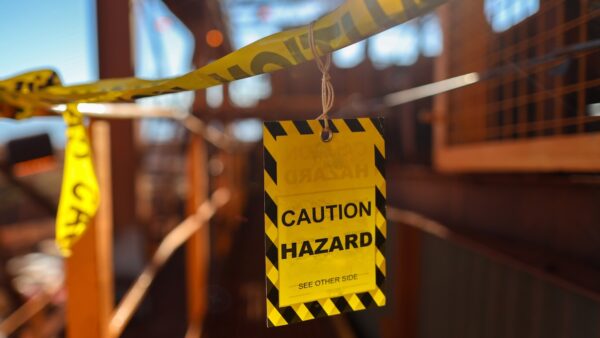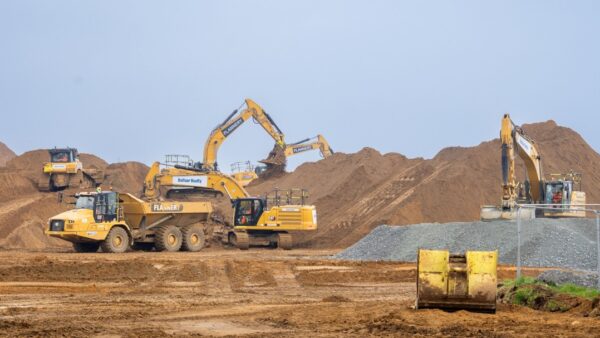
The government’s Building Safety Bill has received Royal Assent today (28 April).
It aims to “create lasting generational change” to the way high-risk and residential buildings are constructed and maintained.
The Building Safety Act 2022 will enshrine in law the Building Safety Regulator, to provide oversight of the new system with powers of enforcement and sanctions. A Construction Products Regulator will also have powers to remove dangerous products from the market. Additionally, a New Homes Ombudsman scheme will provide independent redress for new-build buyers who have issues with their new home or developers.
Leaseholder protections
The Act will also look to implement a raft of new measures to protect leaseholders from the costs of historic building safety defects. A new ‘waterfall’ system will be established to dictate who is responsible for the funding of cladding and non-cladding-related remediation. The Act will also enshrine a new ‘golden thread’ of information for the storage and dissemination of all safety-related matters in the design and construction of high-risk residential buildings.
There are also new requirements on dutyholders to have clear accountability and statutory responsibilities as buildings are designed, constructed and refurbished.
Secondary legislation
Despite the Bill becoming law today, many of the provisions will not come into force until 12 to 18 months from today, requiring the formation of secondary legislation and to prepare the industry for the new regime. The government has published a rough transition plan of the main regime, which can be found here.
Preparing for the Act
CIOB will continue to assist members and the wider industry prepare for the new regime. To support the implementation of the Act, it has launched a Level 6 Diploma in Building Safety and Management, which is designed for construction professionals moving into this key dutyholder role.
“This provides long overdue certainty for the industry, though the next 12 to 18 months will be crucial in preparing built environment professionals for the new roles and competencies that will be required.”
The qualification develops the knowledge and skills needed to manage the safety of relevant buildings in occupation, and has been released in conjunction with the Level 6 Certificate in Fire Safety for Construction, which is designed for a range of professions – including dutyholder roles and those working on higher-risk buildings.
The Institute will also be creating an asset page to inform members about the Act, with links to relevant training and information to ensure they are prepared for the new regime.
‘Concerns remain’
Eddie Tuttle, director of policy, external affairs and research at CIOB, said: “We are pleased the Building Safety Bill has received Royal Assent to ensure building safety is a priority and to provide much needed accountability in the system. This provides long overdue certainty for the industry, though the next 12 to 18 months will be crucial in preparing built environment professionals for the new roles and competencies that will be required.
“However, concerns remain that some of the recent amendments, such as removing the duty to appoint a Building Safety Manager, will lead to a lack of clarity over the right competencies and training for those in the ‘accountable persons’ role and potential inconsistency in the implementation of Building Safety management regimes.
“CIOB, in line with its public benefit mandate, will continue to play a vital role in supporting the quality and safety agenda. CIOB will also continue to collaborate with our sister professional bodies to help ensure the new arrangements are workable in practice and that the development of secondary legislation and guidance is fit for purpose.”
‘No excuses’
Rebecca Rees, partner and head of procurement at Trowers & Hamlins, added: “The issue of ‘who pays’ for the remediation of historic defects and the new costs of an enhanced regulatory regime has been front and centre of the building safety conversation over the past few months, with private developers and product suppliers firmly within the sights of Michael Gove [the most recent secretary of state for levelling up, housing and communities].
“It is therefore easy to forget that the Building Safety Bill represents a complete overhaul of how the design, construction, operation and maintenance of higher risk residential buildings in England will be undertaken in future. It also completely redesigns the regulatory regime and introduces the new Building Safety Regulator.
“We will need time to digest the final amendments and the raft of secondary legislation that will follow – but those in the sector that ignored Dame Judith Hackitt’s demands since 2018 to ‘get on with it’ now have no excuse not to get to grips with (or face the consequences of) the new Building Safety Act.”










